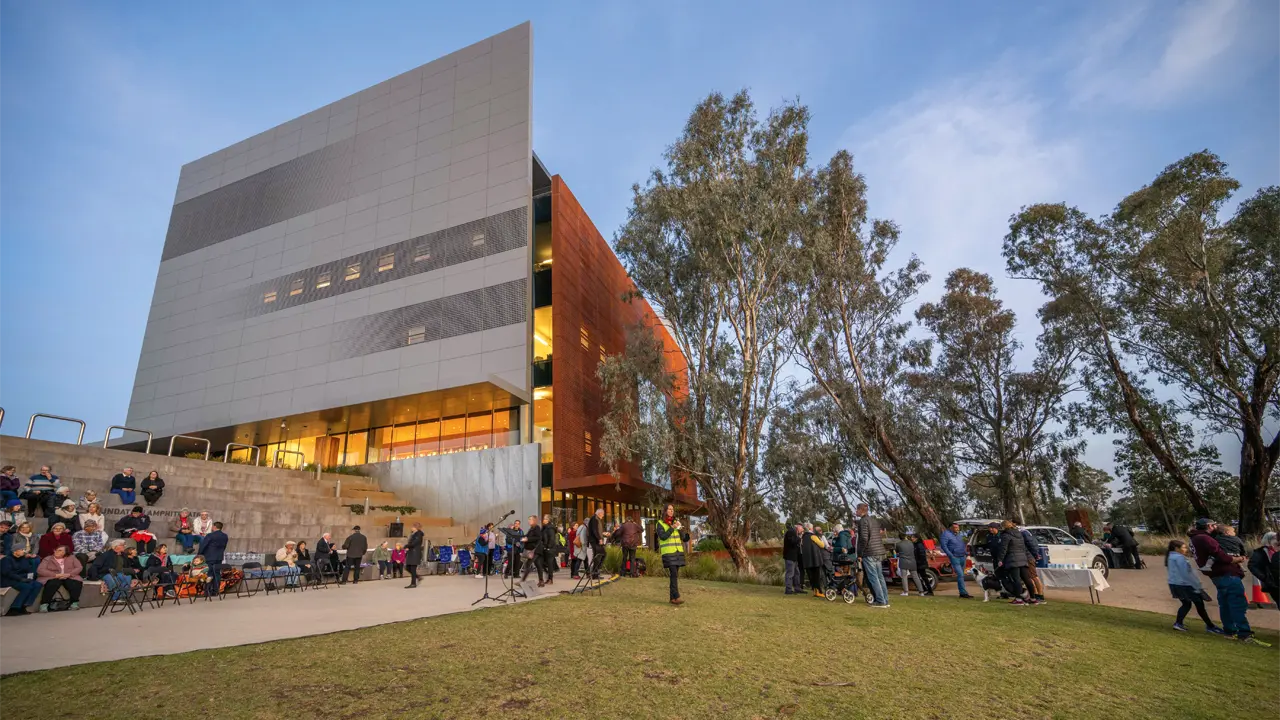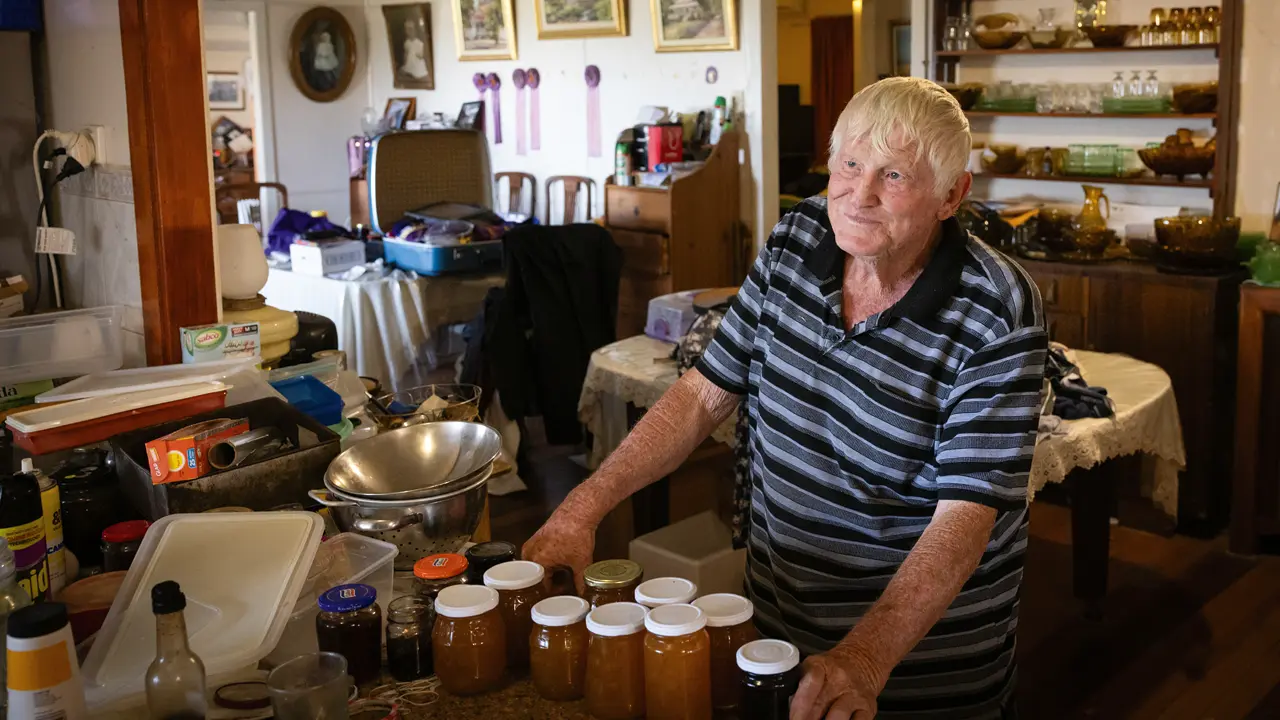Greater access and availability are needed when it comes to palliative care outside of our major cities.
Story Terri Cowley Photo Sharelle Jarvis
Rocky Varapodio clearly recalls the day doctors told him and his family that nothing more could be done for his ailing father Santo, aged 88. “We were at St Vincent’s [in Melbourne] when the decision was made that there wasn’t much more they could do for Dad and that we were going to move to palliative care,” Rocky says. “We knew that GV Hospice provided that service at home, so it was a pretty easy decision in the end. We knew he would prefer to be there than in a hospital setting.”
Santo’s wish to be at home at the end of life isn’t unusual – in fact, figures from peak body Palliative Care Australia (PCA) show up to 90% of people in this situation wish for the same. But for Santo and others from regional, rural and remote Australia, being at home means being back in your community, in the place where you have lived, with the chance to be surrounded by family, friends and familiarity in your last days, rather than hundreds – sometimes thousands – of kilometres away from everything you know and love. For Santo, a legend in the local transport and horticultural industries, it meant coming home the 190km to Shepparton, from a sterile institution in the bustling Victorian capital, to be near the orchards he had overseen for decades and his 2 children, 5 grandchildren and 4 great-grandchildren.
“The experience from that point on was incredible,” Rocky says. “They took care of most things, including getting a suitable bed for Dad. By the time we got back, it was all set up for him. The hospice team was in constant contact with us.”
This story excerpt is from Issue #159
Outback Magazine: February/March 2025









